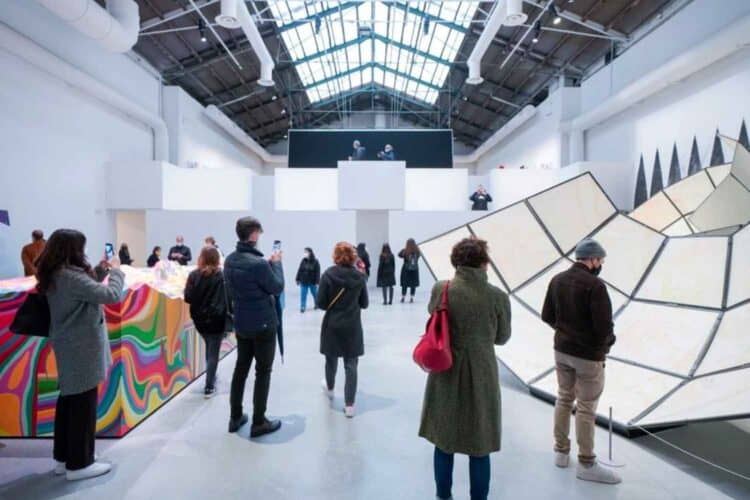Three South African artists will get the opportunity to showcase their work to an international audience at a visual arts exhibition to be held in Venice, Italy.
Artists who showcase at Biennale Arte 2022 are selected by the department via a tender process as this enables more local artists to exhibit their works to an international audience.
“This befits the mandate of driving the Mzansi Golden Economy whose intent is to provide market access to artists,” Department of Sport, Arts and Culture Director General Vusimuzi Mkhize said on Wednesday.
The artists will participate via the country’s pavilion at the Biennale Arte 2022, to be held in Venice, Italy, from 23 April to 27 November 2022.
Held every two years since its founding in 1895, the Biennale Arte is a highlight event on the international arts calendar and is often described as “the Olympics of the art world”.
The theme chosen for this year’s Biennale Arte is “The Milk of Dreams”. The theme reflects the richness of creative expression that is unlocked when the artist incorporates fantasy and re-imagination into their self-identity and how they express their personal truths to those who experience their art.
The South African stand was conceptualised around the sub-theme of “Into the Light”. This integrates with the exhibition theme, adding the element that the solitude and separation of COVID-19 lockdown can be a vehicle for artists to embark on the process of focused self-evaluation.
The three South African artists that will be showcased during the Biennale Arte 2022 include Dr Roger Ballen, Lebohang Kganye and Phumulani Ntuli.
The department said Ballen is a photographer that was initially inspired by the etchings that women prison inmates had created by scraping off the paint used to black out the windows of their prison cells.
“For his The Theatre of the Apparitions showcase, he developed his own technique, coating glass in special paints, etching off the coating and backlighting the glass. This technique results in a monochromatic theatrical world in which fantasy figures engage with swirling shadowy apparitions in bizarre rituals,” the department said.
In B(l)ack to Fairy Tales, Kganye casts and photographs herself autobiographically as the protagonist in the Westernised fairy tales of her childhood but sets these one-act cameos in a South African township.
“The ‘happily ever after’ fantasy milieu of the fairy tale is contrasted with the grim reality of her township life as a child, challenging the pervasive effect that the mythical folklore has on our psyche and world view,” the department said.
The department has described Ntuli’s Godide as work that utilises stop-motion animation.
“In this photo-realistic realm, Ntuli portrays himself as an intrepid explorer, discarding his traditional African attire to shed notions of self-identity before diving beneath the paper cut-out waves.
“In this watery fantasy realm which is accessible only through the imagination, he experiences the vast diversity of self-identity, cultural association, places of belonging as well as states of being that are possible in the geopolitical scope,” the department said.






